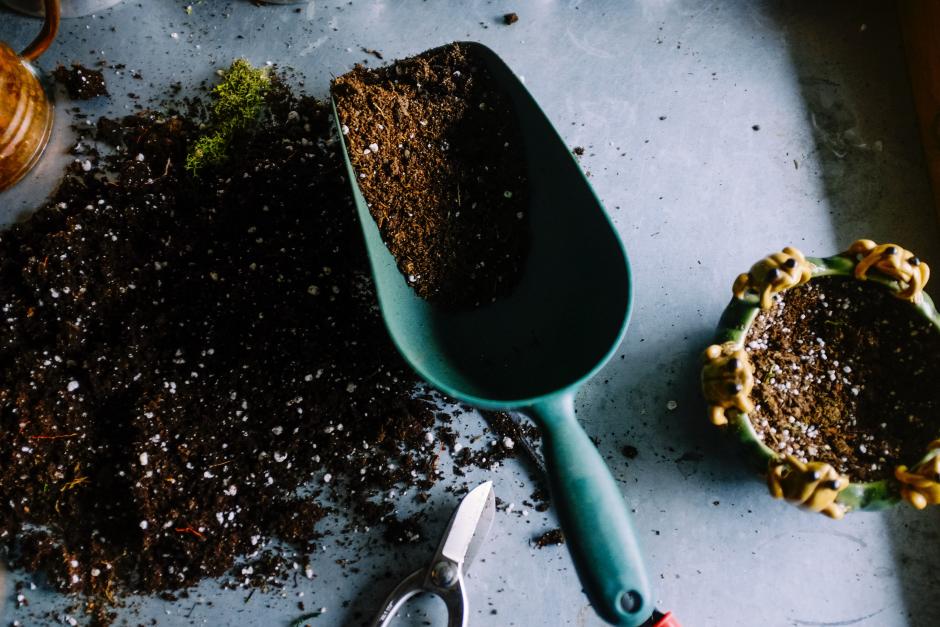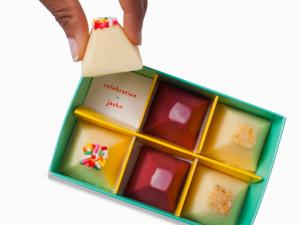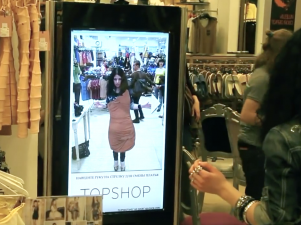Austerity Chic: Part 2
Free-spending enthusiasm to dress in the latest fashion and dine out at the chicest Michelin star restaurant might be economically insensitive but chic and delicious in 2009 is not slipping in quality.
Our cultural intelligence of trends in consumer spending, continued from Austerity Chic: Part 1, might make you rethink little indulgences.
Cultivate. Create. Control.
As uncertainty about financial future takes its toll, many people are turning to gardening, sewing and the movies for relief to help treat wounded psyches. People want to control the things in their lives and seeing the fruits of their labor.
- Food gardening in the U.S. is on the rise, according to a new survey from the National Gardening Association. Several more households plan to grow their own fruits, vegetables, herbs or berries in 2009, up 19% from last year. “As in previous recessions, we’ve seen increased participation in and spending on food gardening as people look for ways to economize,” Bruce Butterfield, research director for the association, told WWD. “That said, these results suggest the interest in food gardening may continue to increase, even after the economy improves."
- “People are likely to spend less money on designer jeans during the recession, and instead they purchase more affordable jeans, or they try to preserve the old ones, which leads to higher demand for sewing machines and accessorizing tools by consumers,” according to RecessionInfoCenter.com, a Web site wholly dedicated to the current economic downturn.
- In the entertainment sector, movie theater tickets and DVD rentals have spiked: Netflix Inc. said in January its fourth-quarter profit jumped 45% to $22.7m from a year earlier, along with sales growth of 19% to $359.6m. The number of subscribers climbed 39% to 9.4m for the period. And the company revealed last month that it had passed 10m subscribers, including 600,000 net subscribers since Jan. 1.
Taste
Eating and drinking our need not be eliminated completely. Instead, consumers are looking to small portions (a new found appetizer or 70% cacao chocolate can pack a punch) or a indulgent Sunday brunch. Indulge your senses with rich or exotic flavors you can’t readily find in your pantry.
- Nothing that it’s interesting to eat a wide variety of food at one meal, José Andrés also told Nation's Restaurant News “The smallness of items gives [diners] the power to take chances,” he adds. “It is more than the way Americans eat today. It is a way to tell people you are in control of how much you eat and spend.” Chef-partner Seamus Mullen of Boquería in New York agreed to NRN that tapas are well-suited for these economic times. Mullen, reports his guests spend an average of $45 with beverages. Dates stuffed with almonds and Valdeón, a Spanish blue cheese, are wrapped in bacon. That dish sells the best of all Boquería’s tapas—“like candy,” Mullen says—for $7.
- Vaunted chef Ludovic Lefebvre (Bastide, L'Orangerie) is taking over dinner duties at BreadBar from May 19th - August 22nd with a French-influenced prix-fixe ($33 app/entree or entree/dessert, or $39 for all three).
- Chocolate The Hershey Co., North America’s largest chocolate company and the maker of Hershey Kisses and other iconic products, said in January that its fourth-quarter profits jumped 51.2% to $82.2m. Sales were up 2.6% to $1.4 billion.
- Brunch is big- Restaurant's like Ad Hoc and The Bazaar are offering as cheaper format more in tune with customers pocketbooks as a tool to try new offerings with lower costs.




